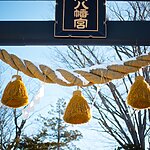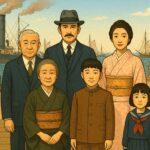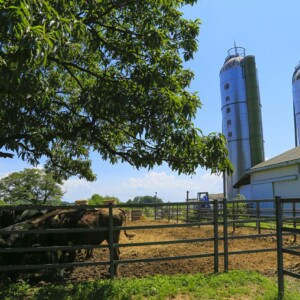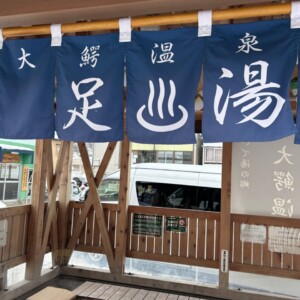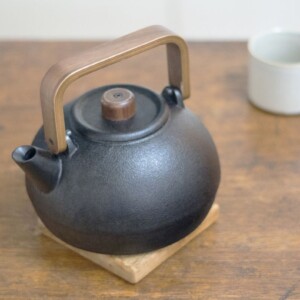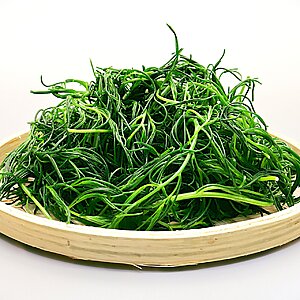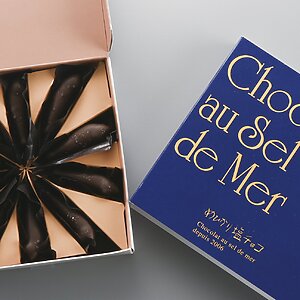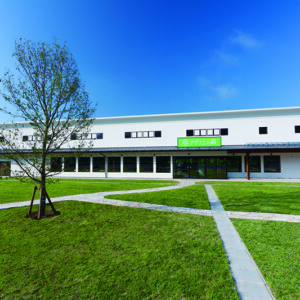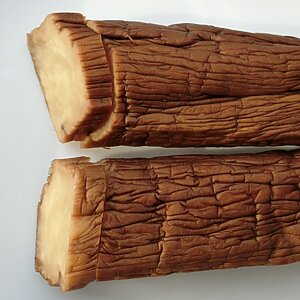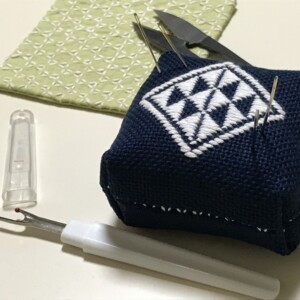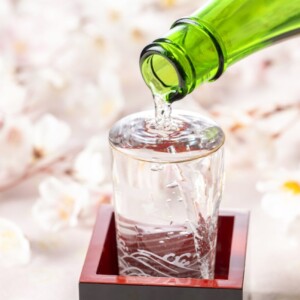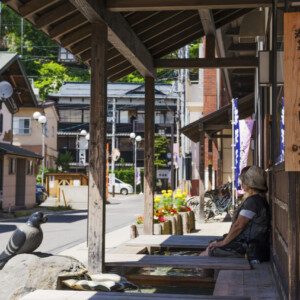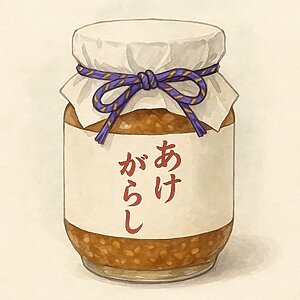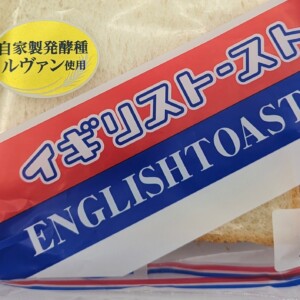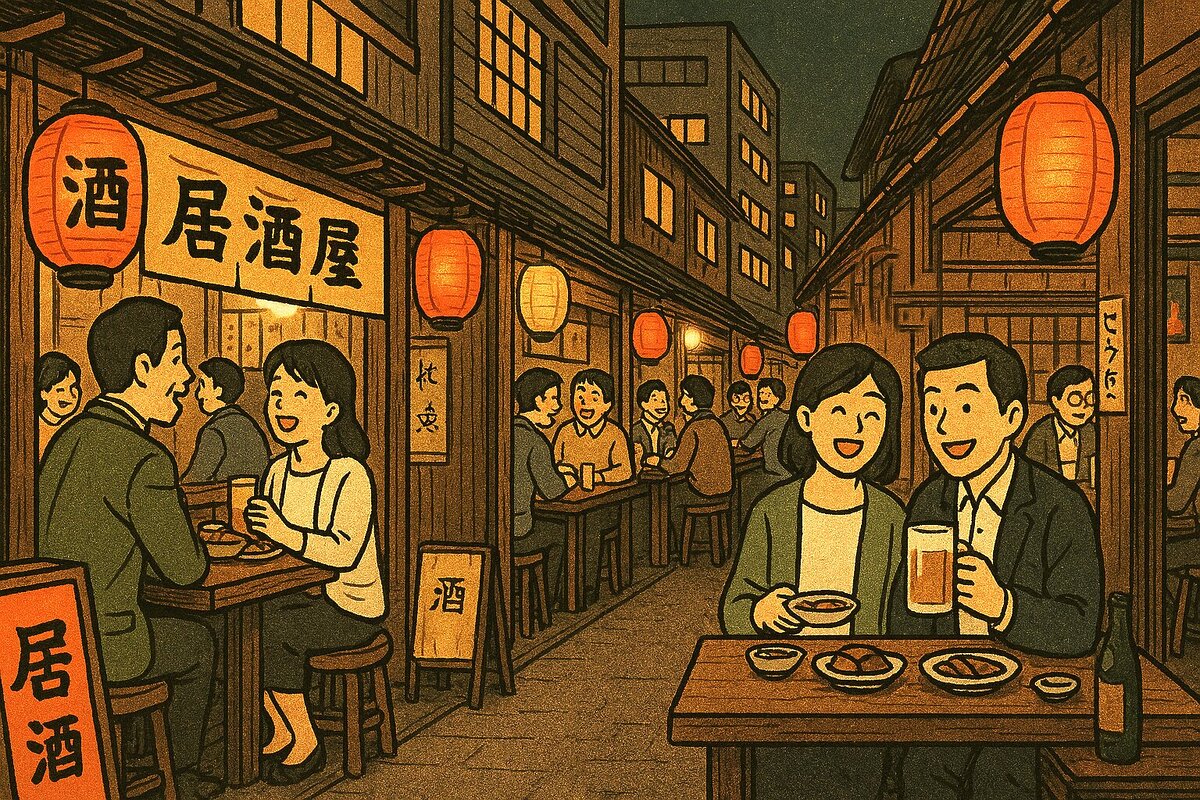
Recommended Senbero bar in Hachinohe City, where Yokocho culture flourishes! [Aomori Prefecture]
table of contents
Hachinohe City is a core city on the Pacific side of Aomori Prefecture with a population of approximately 216,000 people, but it has prospered as a fishing port since ancient times and had many restaurants catering to fishermen, so its downtown area is lively despite its population. It is said that.
Although it is a core city where the Tohoku Shinkansen stops, Hachinohe Station on the Shinkansen is far from the city center, and Hon-Hachinohe Station on the conventional line is the closest station around Mikkamachi, the central downtown area.
There are eight alleyways in the downtown area of Hachinohe where small restaurants gather, and there are about 130 restaurants, some of which are places where you can enjoy ``Senbero''.
What is the definition of “senbero”?
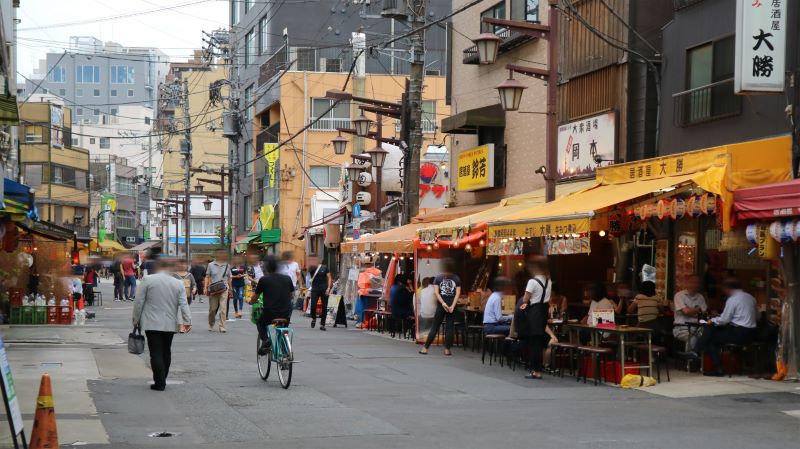
The word originally referred to a bar where you could get very drunk for 1,000 yen, but now it has come to mean a bar where you can get 2 to 3 drinks and snacks for 1,000 yen.
In this article, we have defined the criteria for certification as a "Senbero" bar as follows.
- You can order two glasses of alcohol (type and quantity are free) and one snack in addition to the appetizer and drink it for less than 1,000 yen.
- Set prices such as "Senbero Set" are available for less than 1,000 yen.
- Family restaurants where you can eat rice crackers are not eligible.
We also introduce sets that cost less than 1,500 yen as "high-priced rice crackers," but we appreciate your understanding.
Please note that the prices listed in the article include tax unless otherwise stated and are as of the end of September 2023.
Senbero Bar Yamaju
``Yamaju'', which is named ``Senbero Sakaba'', is not a restaurant in the alley, but it is an orthodox Senbero bar that does not have a charge (appetizer).
As Hachinohe's representative lunch bar, Senbero Sakaba, it is a lively place where Hachinohe locals, young and old, men and women gather.
This bar, which claims to be a ``Senbero'' rice cracker, offers drinks such as draft beer, cocktails, shochu, and local Junmai sake for under 363 yen.
The popular drink, the ultra-high-grade lemon sour, costs 418 yen, and there are four types, including the ``Kachikochi Shibare Lemon Sour,'' which uses one frozen salted lemon, as well as honey, Calpis, and lime.
This ultra-high-quality lemon sour is similar to Hoppy, where you can get a refill of only the sour inside for 330 yen.
Snacks start at 33 yen (tofu, konnyaku), skewers and skewers (meat, seafood, and vegetables) cost 165 yen each, and you can enjoy slightly more luxurious items such as seafood sashimi and beef sukiyaki for under 500 yen.
``Senbero Set'' is popular and offers great value.
This 1,100 yen set includes the following three courses.
- Yamaju course: 2 drinks (excluding super high quality lemon sour) and 4 snacks
- Super Senbero course: 3 drinks (excluding super high quality lemon sour) and 2 snacks
- Super premium lemon sour course: 1 cup of super premium lemon sour (2 extra sours) and 2 snacks
For snacks, you can choose one item (two items each for the Yamaju course) from Group A, which has a unit price of 132 yen, such as salted squid and cold tofu, and Group B, which has a unit price of 198 yen, such as potato salad and fried horse mackerel.
It's recommended because it's 300 yen to 420 yen cheaper than ordering each item individually.
Senbero Bar Yamaju <Information>
- Store name: Senbero Sakaba Yamaju
- Location: 20-2 Jyuokamachi, Hachinohe City, Aomori Prefecture
- Phone number: 0178-38-5331
- Business hours: Mon-Sun 11:30-23:00
- No regular holiday
- gourmet site
Google Maps
What is Hachinohe's unique alley culture?
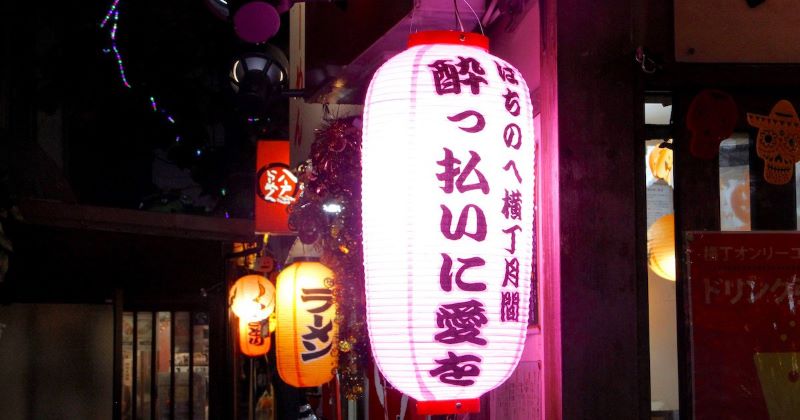
Around Mikkamachi, there are eight old and new alleys with different atmospheres, including seven alleys built right after the end of the war and Miroku Yokocho, which was created when Hachinohe Station on the Tohoku Shinkansen line opened in 2002.
The approximately 130 restaurants are full of individuality, including pubs and small restaurants where you can enjoy Hachinohe's local cuisine, Western-style bistros, long-established bars and snack bars, and ethnic restaurants.
Each store is small, and the Yokocho culture is all about having a conversation with the owner and other customers at the counter, and enjoying a drink while feeling the warmth of humanity.
How did Yokocho come into being and take its current shape?
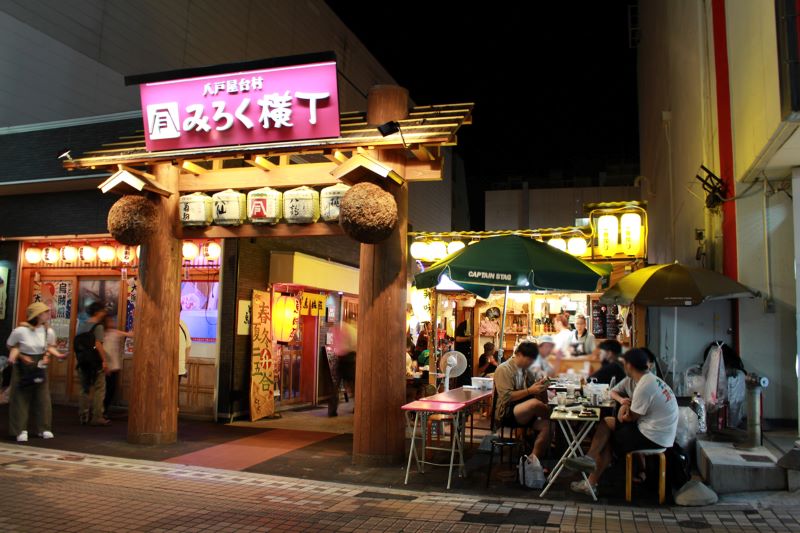
After the end of the war, people returning from the war front opened a market, which eventually became a downtown area and a bar district, which became known as Yokocho.
In the past, there were many more alleys, but by around 2000 only seven remained, but they were still firmly rooted in Hachinohe's culture.
With the extension of the Tohoku Shinkansen Hachinohe in 2002, Miroku Yokocho was newly established to promote Yokocho culture as a tourism resource and became popular.
However, as a result, the number of customers and shops in the old 7-yokocho dwindled, and in order to overcome this predicament, the ``Hachinohe Yokocho Alliance Council'' was established and worked together with the city hall to come up with countermeasures.
Eventually, it became clear that tourists were interested in the old alleys, and by utilizing the history and atmosphere of each street as a unique feature, the current alley culture was born.
8 alleys, each with a different atmosphere
We will briefly introduce the unique atmosphere of each of the 8 Yokocho.
- Tanukikoji : A retro alley founded in 1945, Tora-san's filming location, named after Sapporo's Tanukikoji.
- Rocho Rensa-gai : Originated from the Edo period when there was a prison there, it is a bright and open area with a lot of foot traffic.
- Nagayokocho Rensagai : The shops are lined up like a chain, and are characterized by a wide variety of shops.
- Harmonica Yokocho : Lined up like a harmonica, it has a multinational atmosphere, including ethnic restaurants.
- Fifth Avenue : Named after the movie "What Happens on Fifth Avenue," there are many shops that are like hideaways for adults.
- Hanakouji : Born due to the redevelopment of the central area, the Hana-yokoji market for vegetables, fruits, and side dishes is held during the day.
- Miroku Yokocho : A clean and new food stall village with 26 stores newly established when the Shinkansen Hachinohe opened.
- Hachinohe Showa Dori : A restaurant street where you can enjoy the atmosphere of the Showa era with wide and bright streets.
How to enjoy Yokocho?
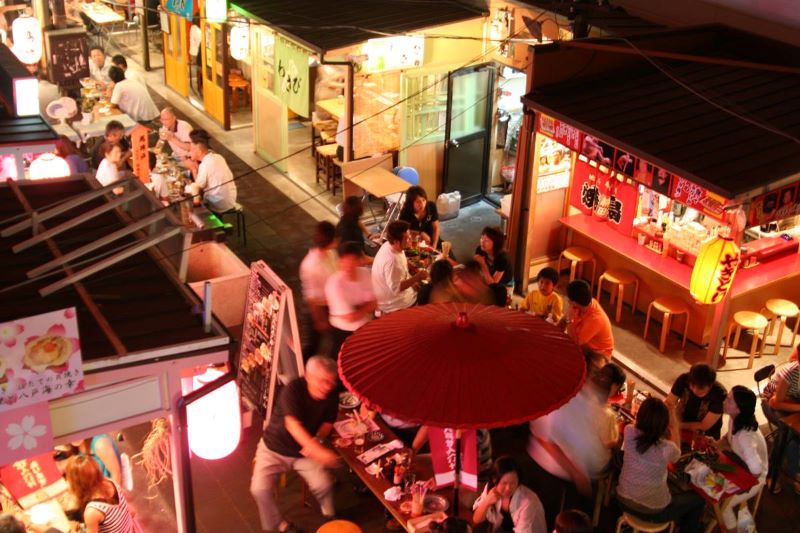
In fact, there are few shops in Yokocho that serve "Senbero" drinks as defined in this article, but we cannot overlook the Yokocho culture that has an image of "cheap enjoyment" that is connected to "Senbero". yeah.
Therefore, we recommend ``Senbero Hashigozake'' as a fun way to enjoy the alley.
This is a reference to the ``Senbero Rally,'' which is hosted twice a year by the Hachinohe Yokocho Union Council, and is a drink-hopping rally in which ordering 1 drink and 1 dish is called ``Senbero.'' That's the way.
The ``Drink Rally'' costs 2,000 yen to go to 5 restaurants, but why not try the ``Senbero Hashigo Sake'' to see how many houses you can visit on a budget?
Hachinohe Yokocho Union Council <Information>
- Organization name: Hachinohe Yokocho Union Council (Secretariat)
- Location: Moon Plaza Management Room, 7-1 Mayor Yokocho, Hachinohe, Aomori Prefecture
- Phone number: 0178-72-3311
- URL: Hachinohe Yokocho Association Official Website
summary
When many people hear Hachinohe, they think of fresh seafood such as squid and mackerel.
There are many sushi restaurants and small restaurants in the city's downtown area where you can enjoy seafood at a reasonable price, but on the other hand, there are also restaurants in the Yokocho area where you can enjoy seafood at reasonable prices.
There are also a few shops that call themselves ``Senbero Sakaba'', such as ``Yamaju'' introduced here, and it is expected that the number of such shops will increase in Yokocho in the future. I am.





![[Aomori Prefecture] 6 recommended beaches in Aomori Prefecture! Aomori Prefecture is full of oceans, including the Pacific Ocean, the Sea of Japan, Mutsu Bay, and the Tsugaru Strait! Aomori_Asamu](https://jp.neft.asia/wp-content/uploads/2023/07/0f45f17b8ba09afb066a09880e47091d-150x150.jpg)
![Grapes, melons and cherry? Aomori's surprising fruit kingdom is a story [Aomori Prefecture] 2754709_m](https://jp.neft.asia/wp-content/uploads/2025/05/2754709_m-150x150.jpg)
![[Aomori Prefecture during the Boshin War] What were the decisions of the Hirosaki, Kuroishi, Hachinohe, and Shichinohe domains? 23980173_m](https://jp.neft.asia/wp-content/uploads/2022/06/23980173_m-150x150.jpg)
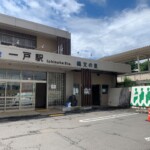
![[Aomori Prefecture] How cold is it in Aomori? Introducing cold weather measures for your winter trip to Aomori! 25097708_m](https://jp.neft.asia/wp-content/uploads/2023/02/25097708_m-150x150.jpg)

